Study of Subsea Volcanoes Aims to Improve Event Forecasting
Scientists from the UK’s National Oceanography Centre (NOC) have led an international team on an expedition in and around Santorini, Greece, to enhance forecasting ability for subsea volcanic eruptions.
Hundreds of the most dangerous volcanoes on Earth are found in the ocean, but almost none are monitored, making the hazards for nearby coastal communities and critical infrastructure difficult to forecast.
In the ocean, the explosivity of eruptions is complicated by interactions with seawater and fluids circulating through volcanoes, making them even more unpredictable.
Using advanced underwater robots, including the NOC remotely operated vehicle (ROV) Isis, scientists and engineers have studied how circulating fluids interact with magma deep beneath the Earth's surface. By mapping how fluid pathways connect to magma chambers and how these systems respond during volcanic events, they aim to improve understanding of how fluid circulation can influence the strength and hazard of volcanic eruptions.
The Minoan eruption of Santorini, and the 1650 eruption of nearby offshore Kolumbo volcano (Greece) were so large that the ground above collapsed into the space left by the emptying magma chamber, leaving a large hole in the ground, known as a caldera. Such large eruptions can have devastating consequences, as demonstrated recently by the 2022 Hunga Volcano eruption, the most explosive eruption this century, which generated tsunamis and severed telecommunications cables that connected the Kingdom of Tonga to the global internet.
During the expedition, scientists investigated both Santorini and Kolumbo, looking at different types of hydrothermal venting, from seeps that form underwater lakes of carbon dioxide, to bubbly venting at temperatures up to and exceeding 200ºC.
The team aims to understand the full range of fluid flow styles and the role they could play in future volcanic activity, not just in Santorini and Kolumbo, but also around the world. This work will help to better forecast volcanic hazards and aid responses to future periods of unrest.
Dr Isobel Yeo, Marine Volcanologist and expedition lead from NOC said: “Eruptions such as Hunga Volcano in 2022 demonstrate how important it is that we understand the hazards posed by submarine volcanoes, which are much harder to monitor and observe than those on land. The role fluid circulation plays in volcanic explosivity is fundamental but poorly constrained, making future events at submarine volcanoes harder to forecast and increasing uncertainty in hazard planning and mitigation.
“While there is no indication the volcanoes we are working on pose an immediate risk, this internationally collaborative work will provide urgently needed constraints on these processes, working with our colleagues in Greece and around the world, to improve our understanding of the hazards at some of the most dangerous volcanoes on the planet.”

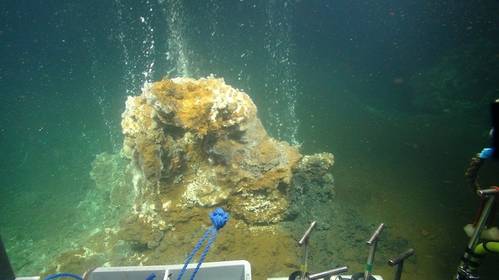
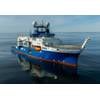
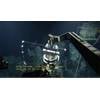

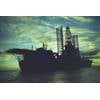

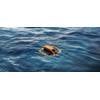






 December 2025
December 2025



